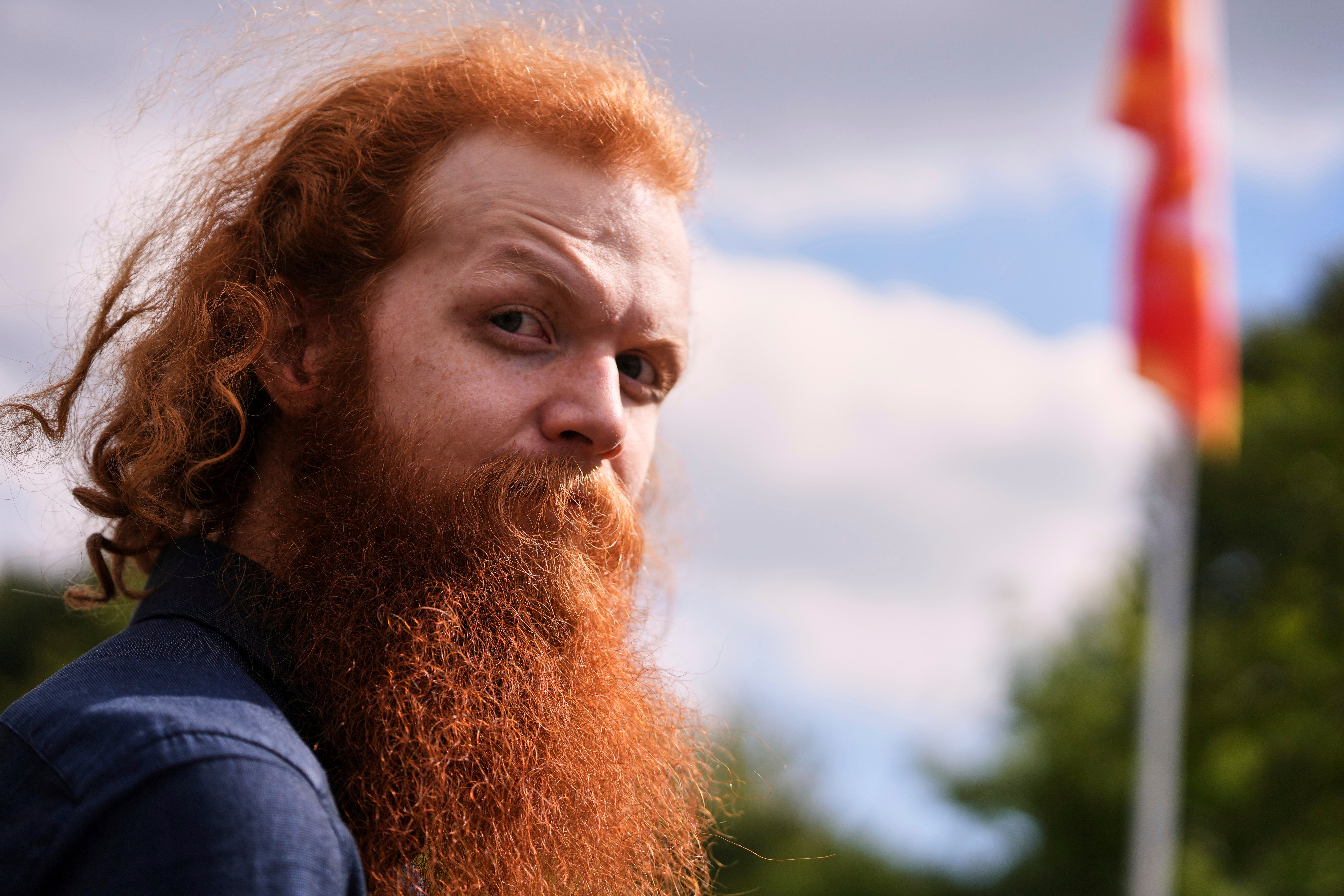- Lifestyle
- Health & Families
The discovery could benefit millions
Jenna CashThe ConversationMonday 24 November 2025 15:39 GMTComments
 CloseHow to be a Redhead: Redheads describe their hair in one word
CloseHow to be a Redhead: Redheads describe their hair in one word
Sign up to our free Living Well email for advice on living a happier, healthier and longer life
Live your life healthier and happier with our free weekly Living Well newsletter
Live your life healthier and happier with our free weekly Living Well newsletter
 Email*SIGN UP
Email*SIGN UPI would like to be emailed about offers, events and updates from The Independent. Read our Privacy notice
Millions of people around the world live with wounds that simply won’t heal. These long-lasting wounds, often caused by diabetes, poor circulation or pressure, can be painful, prone to infection and can seriously affect quality of life. In severe cases, they can lead to amputation.
Current treatments help manage symptoms, but they don’t always address the underlying problem. That means dressings, antibiotics and repeated clinic visits, often for months or years. For many people, that cycle never truly ends.
But the latest research published by my colleagues and myself offers a new perspective on why some wounds just won’t heal – and points to a potential new way of treating them.
By studying both human tissue and experimental models, we found that a molecule in the skin called MC1R is consistently disrupted in chronic wounds. When we stimulated this molecule, the skin was able to reduce inflammation and begin healing again.
MC1R is best known for something quite different from wound healing: the gene is responsible for red hair and very fair skin. But MC1R does far more than influence pigment.
MC1R is found on many different types of skin cells, including immune cells, keratinocytes (the cells that form the outer layer of the skin), fibroblasts (the cells that make scar tissue) and the cells that line blood vessels. This means MC1R can influence several parts of the healing process.
 open image in galleryA participant attends the Red Head Days festival in Tilburg, Netherlands, on 30 August 2025 (AP)
open image in galleryA participant attends the Red Head Days festival in Tilburg, Netherlands, on 30 August 2025 (AP)The healing process is more complex than simply “closing” a wound. The skin first triggers inflammation (the body’s early defence response that removes microbes and damaged tissue), then gradually turns that inflammation off to allow repair. When that switch-off fails, wounds can remain inflamed for months.
Because MC1R has known anti-inflammatory roles in other conditions such as arthritis, we wanted to know whether its behaviour might also help explain why chronic wounds fail to heal.
To answer this, we used two complementary approaches. First, we analysed human tissue samples from three major types of chronic wounds: diabetic foot ulcers, venous leg ulcers and pressure ulcers. Despite having different causes, these wounds showed a similar problem: the mechanism that normally helps calm inflammation was disrupted. Both MC1R and its natural partner molecule, POMC, were also out of balance – and this imbalance was present across all wound types.
Second, we used experimental models to understand how this disruption affects healing. We examined mice that carry a non-functional version of MC1R. These animals developed wounds that were slow to heal and showed some of the same features we see in human chronic wounds.
About the author
Jenna Cash is a Lecturer at the School of Regeneration and Repair, University of Edinburgh.
This article was first published by The Conversation and is republished under a Creative Commons licence. Read the original article.
Their wounds contained many inflammatory immune cells and abundant “neutrophil extracellular traps” – sticky webs of DNA and proteins that, when they persist, are associated with ongoing inflammation and delayed repair.
To better replicate human chronic wounds, we also created a new mouse model that produces slow-healing, inflammation-rich ulcers. This allowed us to test potential treatments in conditions that closely mimic human disease.
When we applied a topical drug that selectively activates MC1R, healing improved dramatically. The ulcers produced less exudate (the fluid that often leaks from chronic wounds), blood-vessel growth increased (improving the supply of oxygen and nutrients to the wound bed) and the outer layer of skin began to recover and close over the wound. Importantly, activating MC1R reduced neutrophil extracellular traps and limited the arrival of new inflammatory cells.
We also applied the drug to a small cut on healthy animals. Stimulating MC1R further boosted blood flow, improved lymphatic drainage and reduced scarring. This suggests MC1R supports healing not only when wounds are stuck, but also under normal conditions.
 open image in galleryParticipants wait in line for tickets at the Netherlands Redhead Festival (AP)
open image in galleryParticipants wait in line for tickets at the Netherlands Redhead Festival (AP)Together, these findings indicate that MC1R plays a meaningful role in coordinating several key aspects of skin repair. When the pathway is disrupted, inflammation persists. When MC1R is activated, that inflammation can resolve and allow other healing processes to progress.
Healing chronic wounds
Chronic wounds affect millions of people – and the numbers are rising alongside global rates of diabetes, ageing and obesity. They’re also extremely costly for healthcare systems. Even small improvements in healing could make a significant difference to patients and reduce strain on services.
Our findings raise the possibility of new treatments that target MC1R to help the skin move out of a chronic inflammatory state. Because we saw positive effects with a topical application, future therapies might take the form of ointments or gels that patients could apply themselves.
While more research is needed, identifying MC1R as a key pathway disrupted in chronic wounds gives us a clearer understanding of why some wounds fail to heal – and offers hope for finding new ways to help the skin repair itself.
More about
woundsinfectionDiabetesSkinThe ConversationJoin our commenting forum
Join thought-provoking conversations, follow other Independent readers and see their replies
Comments
.JPG?width=1200&auto=webp&trim=153%2C0%2C13%2C0)


